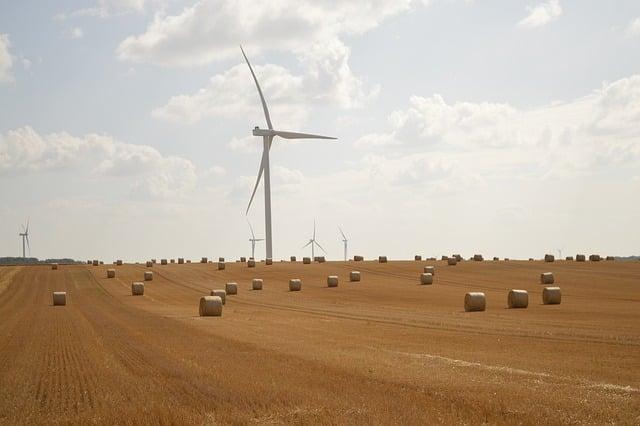- Introduction
- IEA Adjusts Forecast for Global Renewables Growth
- U.S. Policy Shifts and Clean Energy Incentives
- China’s Investment Slowdown in Renewable Projects
- Global Market Reactions and Industry Impact
- Conclusion
- FAQs
- References
Introduction
The International Energy Agency (IEA) has revised its global renewables forecast, citing policy uncertainties and slower investments in major economies like the United States and China. This development, while not unexpected, raises concerns about the pace of the global energy transition.
In this article, we'll explore the updated IEA renewable forecasts and how policy decisions in the U.S. are reshaping clean energy deployment. We'll also delve into China's decreasing investment pace and its implications for the global market. Lastly, we’ll take a look at broader impacts across the renewable energy industry, followed by a concluding analysis and frequently asked questions to help clarify key points.
IEA Adjusts Forecast for Global Renewables Growth
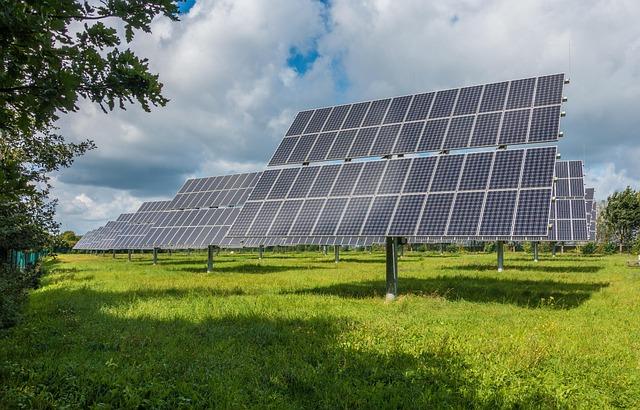
(Image: Pixabay/@mrganso)
The International Energy Agency has scaled back its renewable energy capacity growth outlook for the next five years. According to the latest IEA report, global renewable power capacity is projected to expand by 2,300 gigawatts between 2023 and 2028—down from a previously anticipated 2,450 gigawatts.
This downward revision is largely attributed to delays in renewable project rollouts due to permitting bottlenecks, rising material costs, and inconsistent policy follow-through in major economies.
The IEA maintains that renewables remain the most dynamic part of the energy market, but emphasizes that policy clarity and streamlined project approvals are essential for sustaining growth momentum. Fatih Birol, IEA’s Executive Director, noted that while the energy transition remains on track, "we’re facing a more complex and uncertain terrain."
U.S. Policy Shifts and Clean Energy Incentives
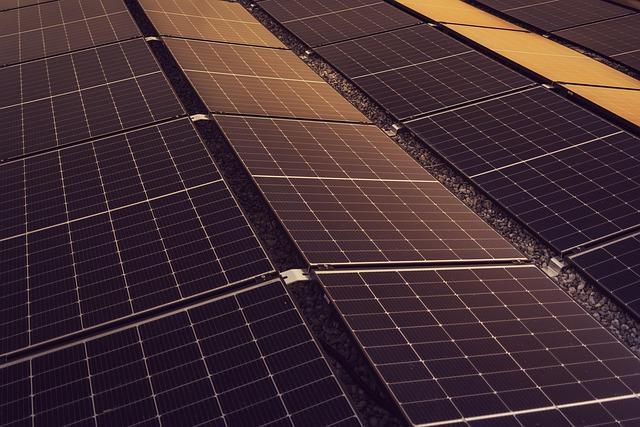
(Image: Pixabay/@Michael_Pointner)
The United States, which has emerged as one of the fastest-growing renewables markets since the passage of the Inflation Reduction Act (IRA) in 2022, is now contending with policy volatility at the state and federal levels. Delays in tax credit disbursements, grid connection challenges, and legal battles around energy siting laws are creating slowdowns.
While the IRA was expected to anchor long-term growth by providing billions in clean energy incentives, changing political landscapes and regulatory inertia are beginning to chip away at investor confidence. Analysts suggest these hurdles could lead to underutilization of the IRA’s potential in the near term.
Despite these challenges, the IEA still sees the U.S. as a key renewable driver through 2028, but flags that its contribution to global renewable growth will be lower than initially forecast unless policy bottlenecks are addressed swiftly.
China’s Investment Slowdown in Renewable Projects
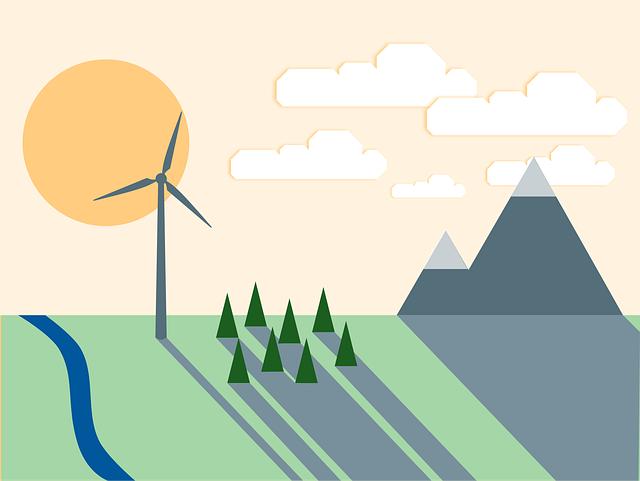
(Image: Pixabay/@marcmanhart)
China, which has long led global renewable installations, is showing signs of slowing investment, particularly in solar and wind projects. The IEA highlighted a shift in China’s clean energy strategy, with more emphasis on grid modernization and storage instead of rapid new capacity additions.
This strategic adjustment is partly driven by grid congestion issues and overcapacity in some regions. As a result, deployment of new renewable projects is starting to decelerate, affecting global supply-demand dynamics for key components like solar modules and wind turbines.
Nevertheless, China remains the world’s dominant player in solar manufacturing and key supply chains—its actions continue to have a ripple effect on markets across Europe, Africa, and Southeast Asia.
Global Market Reactions and Industry Impact
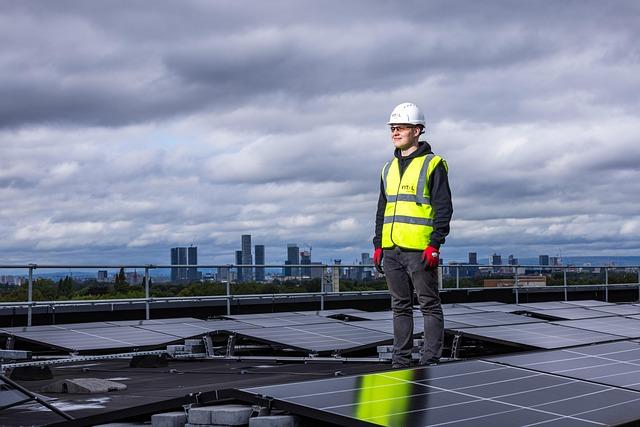
(Image: Pixabay/@This_is_Engineering)
The revised IEA forecast has elicited mixed reactions across the energy and investment communities. For many industry stakeholders, the development serves as a call to accelerate reforms and reduce non-financial barriers to deployment, such as bureaucracy and land-use restrictions.
In Europe, utilities and policymakers are re-evaluating renewable auction schemes to attract private capital, while in emerging markets, fluctuating commodity prices and foreign exchange risks remain formidable barriers.
The impact on equipment manufacturers is also palpable. Lower demand forecasts may affect production cycles and profitability, particularly in over-supplied markets. According to analysts, the slowdown may consolidate smaller players or push for innovation and cost efficiency in renewables manufacturing.
Conclusion
The IEA's trimmed renewables forecast underscores the reality that the clean energy transition is not linear. Policy fluctuations in the U.S. combined with strategic slowdowns in China are reshaping the trajectory of global expansion.
Despite the revised outlook, the long-term fundamentals for renewables remain robust. Governments, investors, and industry leaders must work in tandem to overcome policy and regulatory obstacles to keep the energy transition on course.
FAQs
Why did the IEA revise its renewable forecast?
The IEA revised its forecast due to delays in renewable project deployment, rising costs, and policy uncertainties in major markets like the U.S. and China.
Is the energy transition still on track?
Yes, the energy transition remains underway, though it now faces more complex policy, regulatory, and market conditions that could hinder its pace without proactive action.
How are U.S. energy policies affecting renewables?
While initiatives like the Inflation Reduction Act have boosted projections, delays in tax credit implementations and political shifts are causing short-term slowdowns.
What role does China play in global renewable energy?
China continues to be a global leader in renewable manufacturing and installations but is slightly decelerating its pace to address grid and storage challenges.
Are these forecast revisions unique to 2024?
No; forecasts are often adjusted based on evolving economic, technological, and geopolitical factors. The current revision reflects changing dynamics in two of the largest renewable markets.

